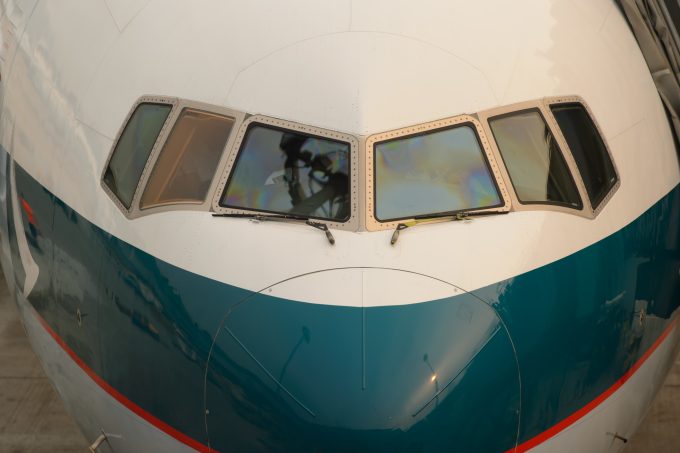With billions to burn, shipping lines fear nothing in H2 25
‘In the name of share’

Cathay Pacific Group suffered a “drastic” reduction in cargo volumes last month.
And a drop in volumes and rates ex-Hong Kong could be the result of Beijing’s tighter export controls favouring mainland airports.
Cathay Pacific and Cathay Dragon’s March cargo volumes fell 35.6% to 119,277 tonnes, while ...

Comment on this article